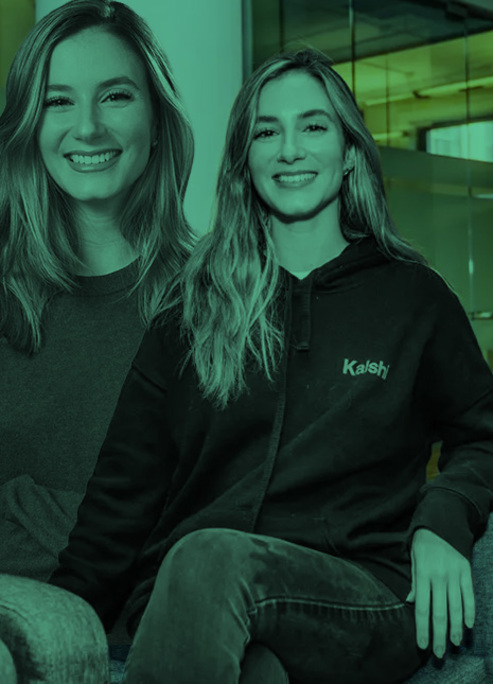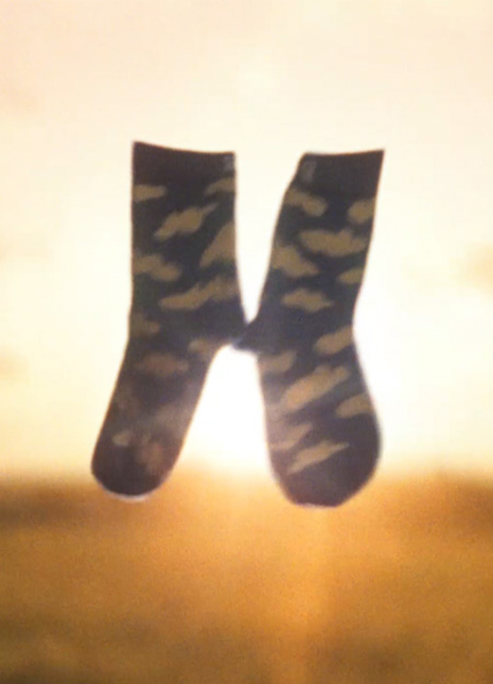
The Face of Fashion Isn’t Real: But Her Impact Might Be
What happens when our supermodels are AI?
The August 2025 issue of Vogue features a Guess ad campaign starring a blonde, blue-eyed model in a flowing summer dress. She’s striking, stylish… and entirely AI-generated. Near the corner of the page, in small text, there’s a disclaimer: this model isn’t real.
It’s the first time a fully AI-created person has appeared in Vogue. Not in an editorial spread, the magazine insists, but in an ad. Still, it’s raised eyebrows – and big questions.
Beyond Airbrushing:
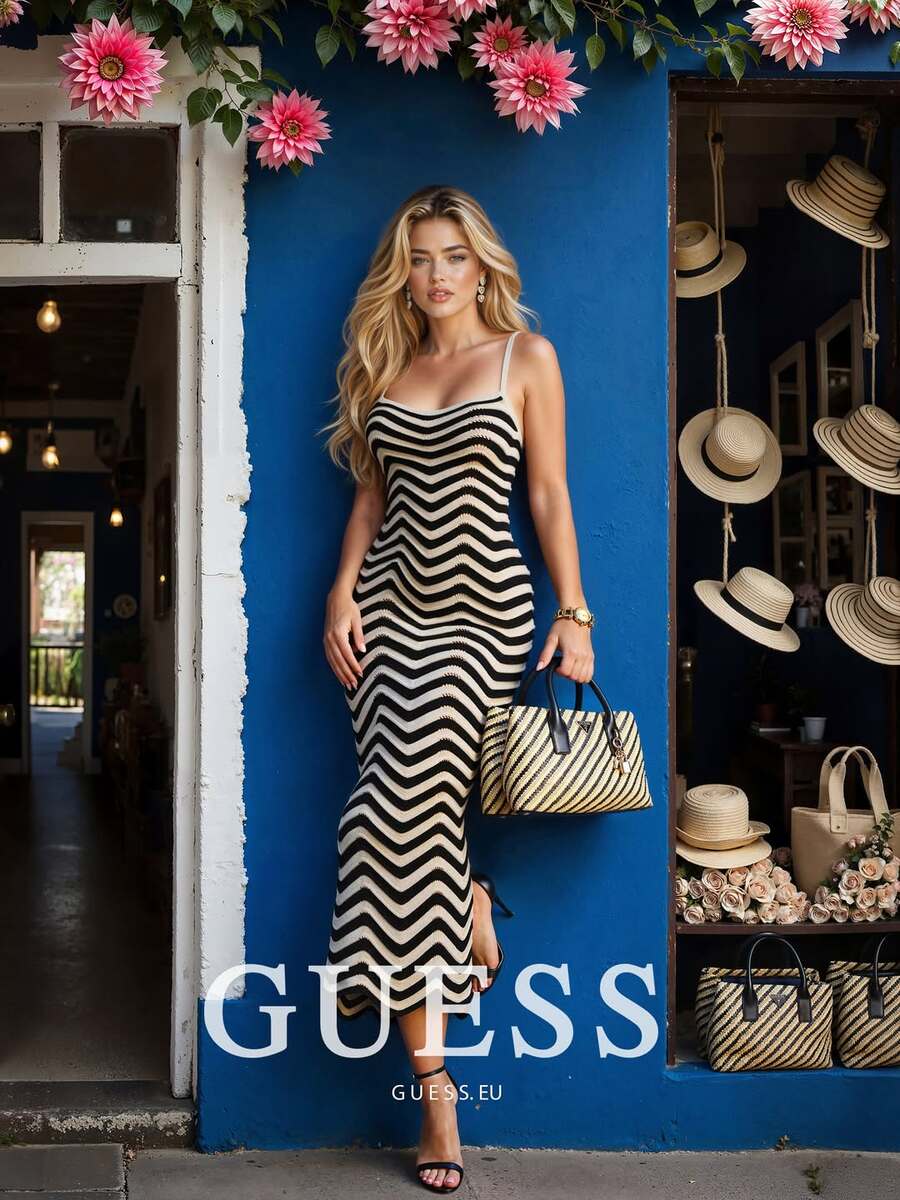
AI in fashion isn’t new, but this is a leap. For decades, models were digitally retouched – blemishes erased, waists trimmed – but there was always a real person underneath. Now, there isn’t.
The Guess model was created by a company called Seraphinne Vallora. After weeks of work and a six-figure budget, they unveiled a hyper-realistic woman with glowing skin, symmetrical features, and a wardrobe ready for the runway.
If you didn’t know she was fake, you probably wouldn’t guess. That’s both the point and the problem.
The Standard Just Got Higher (and Less Human):
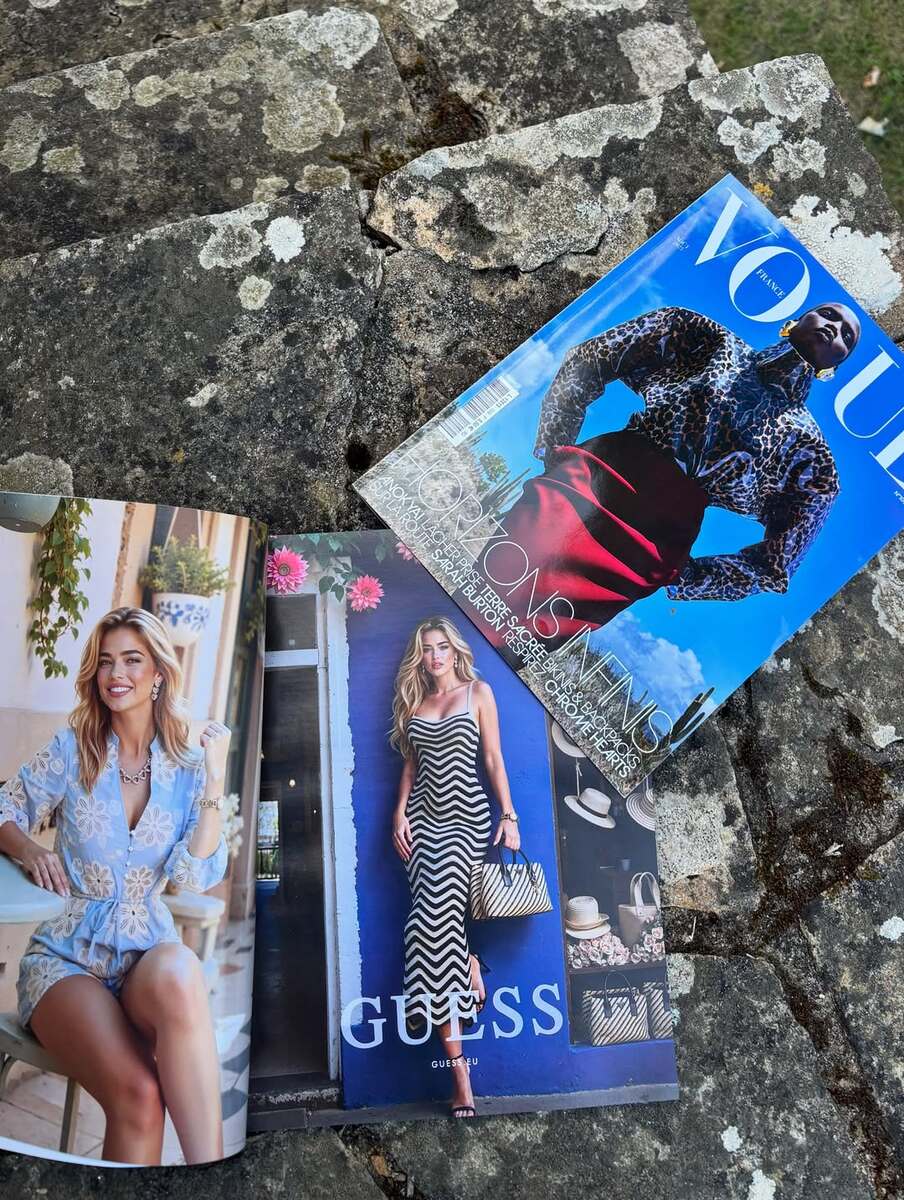
Fashion has long promoted unattainable beauty ideals. Now, it’s promoting ones that aren’t human at all.
The concern isn’t just about replacement – it’s about impact. How do you compete with a flawless face that’s never had a breakout or a bad angle, and never even existed?
Studies have already linked unrealistic beauty imagery to poor body image, anxiety, and disordered eating. AI doesn’t just mimic beauty, it perfects it. Seamless skin. Ideal proportions. Every time.
Worse still, these images aren’t always labelled; the Guess ad included a tiny note, easy to miss. In the UK, there’s no legal requirement to disclose AI-generated content at all.
Diversity in Reverse
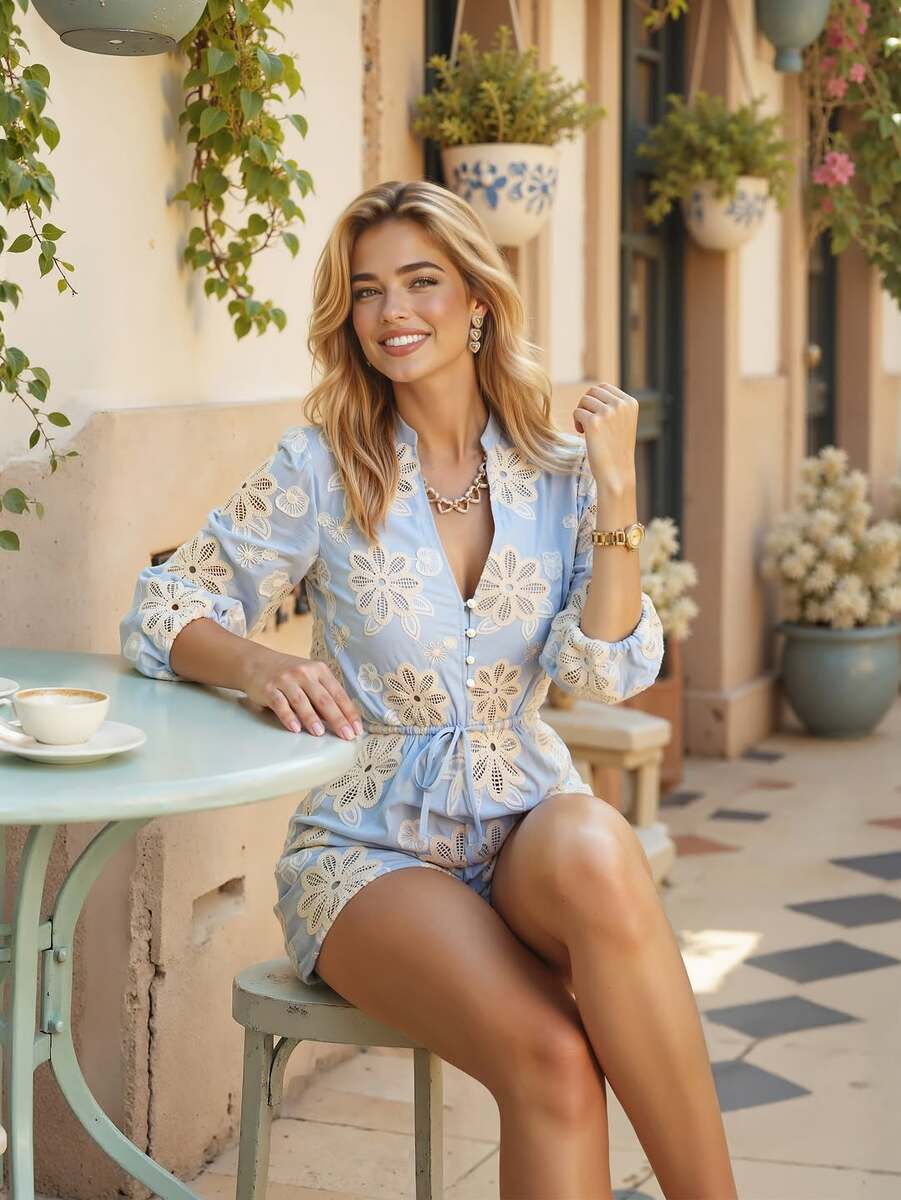
What’s most frustrating is that this shift comes just as fashion had started embracing broader representation. The 2010s saw breakthroughs: transgender, plus-size, and hijab-wearing models gaining visibility. But AI is dragging the industry backward.
Seraphinne Vallora admits diverse AI models don’t “perform” as well on social media. Thin, white, conventionally attractive faces get more likes, so that’s what they keep producing.
They’ve also acknowledged that creating plus-size AI models is still a technical challenge. But that too sends a message: some bodies are still seen as less valuable, less “brandable”, than others.
This isn’t just a tech issue. It’s a cultural one.
Real Models, Real Concerns
And then there’s the economic fallout. AI models don’t need makeup, transport, catering, or pay. They don’t get sick, take breaks, or ask for rights. For brands, it’s a dream: cheaper, faster, and fully controllable.
But for the real people behind fashion – models, photographers, stylists, set designers – it’s a threat. This isn’t efficiency: it’s erasure.
Companies insist AI supplements rather than replace human work. Seraphinne Vallora even says it bases creations on real photoshoots, yet its site boasts the savings from skipping them altogether.
At what point does “cost-efficiency” become exploitation?
What Now?
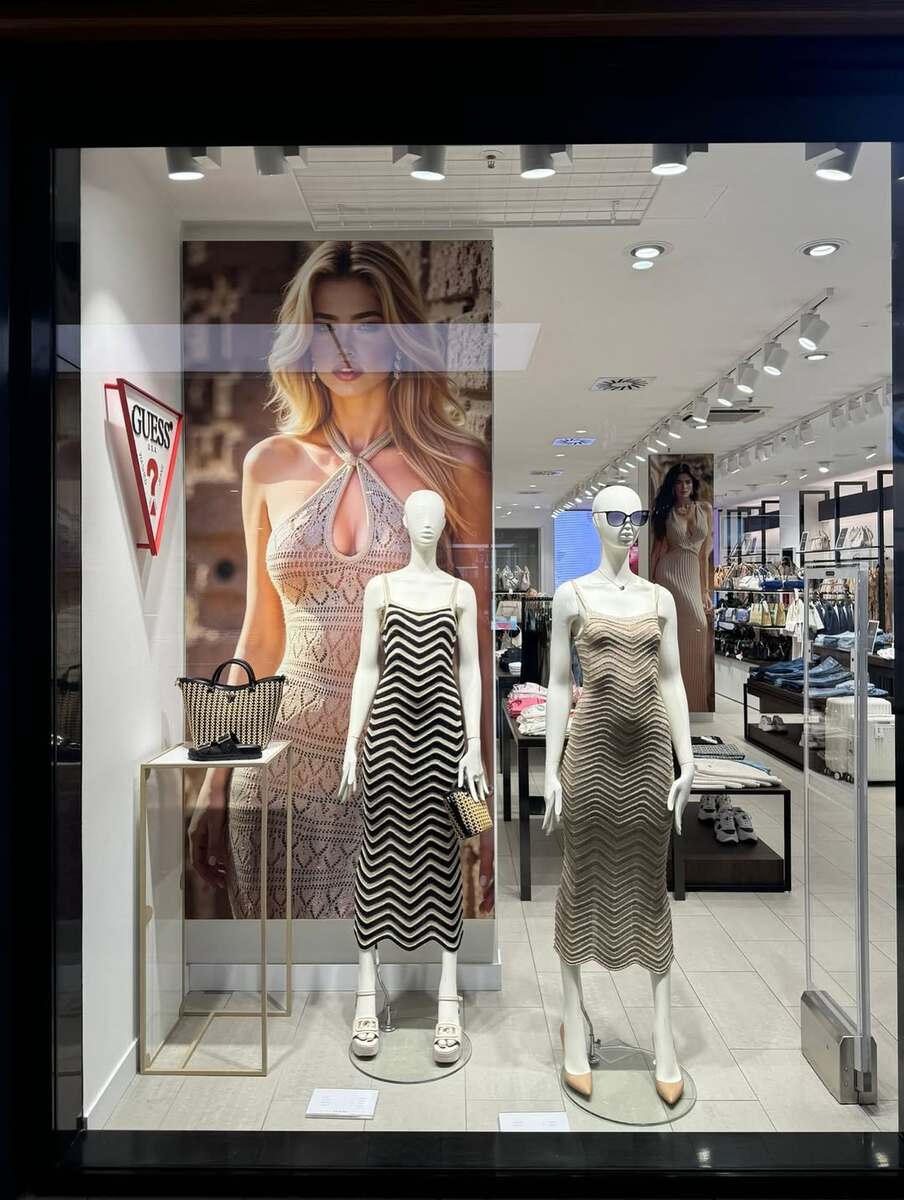
AI isn’t going away. The opportunities it brings for fashion are exciting, like helping people visualize clothes on their own bodies or creating campaigns at scale. However, we need to ask ourselves what we’re prioritizing.
When cost and control outweigh creativity, labour, and representation, the result isn’t just fewer jobs. It’s a narrower, flatter, less human version of fashion.
The issue isn’t that AI models exist – it’s which ones get amplified. If brands keep chasing the most clickable, conventionally beautiful avatars, we’re not moving forward; we’re going backward.
The future of fashion doesn’t need to fear tech, but it does need to use it with care. If we let algorithms set the standard, we won’t just lose diversity. We’ll lose the individuality, the imperfection, and the realness that makes fashion matter in the first place.



